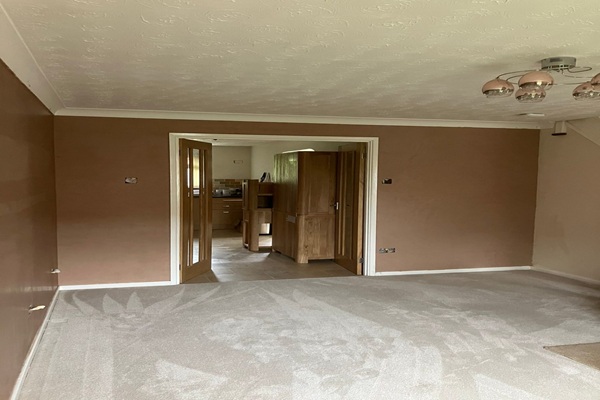Are you concerned about cracks that have recently appeared on your property’s outside walls? It is a very common problem affecting both old and new homes worldwide. A few might turn out to be simple cosmetic problems, but there is also a scope for an indication of deeper structural issues. Hence, it is crucial to identify this problem and understand its cause. Any professional plasterer in Worcester will always be your best bet for the job. Reading this blog will give you a basic understanding of the common causes that typically lead to cracked plaster. Additionally, you will also learn how professionals can easily resolve this problem.
Why You Should Not Ignore Cracked Plaster?
Understanding the Different Types of Plaster Cracks
Before you focus on fixing plaster cracks, you first need to have an idea about what you are dealing with. Let us explore the most common types of cracks encountered worldwide. Hairline cracks are the thinnest in nature and are mostly caused by natural settling. When new plaster dries too fast due to ineffective application, it can also crack. These specific cracks are called settlement cracks. Settlement cracks indicate a deeper problem, typically appearing when movement occurs in a building’s foundation. Lastly, damages to the ceilings or walls lead to structural cracks. Any experienced plasterer can quickly identify the problem and make the necessary repairs.
What Causes Plaster to Crack?
There can be multiple reasons that can cause plaster to crack over time. Proper laying of plaster generally makes it last for years to come; however, with years passing by, natural settling of plaster is common. Humidity and temperature fluctuations in older homes are also another common reason. It is also worth noting that even a poor plaster mix and application can lead to plaster cracks. Moisture ingress from the leaking pipes, roofs, and rising damp is never good for any building and can lead to plaster cracking. Vibrations from nearby constructions and traffic can also be another reason.
What DIY Fixes Often Last?
Quite often, people tend to fill plaster cracks either with paint or basic fillers. You can be assured that DIY fixes will not last long, mostly because it is essential to identify the root cause and address it properly. Are you aware of the common DIY mistakes that people often make? A lack of knowledge often leads to the incorrect use of fillers. People even forget to reinforce cracks with tape or mesh. It is essential to stabilise the adjacent areas of the crack, which can only be effectively done by a professional plasterer. Applying paint immediately after repair is also another common mistake.
How Professional Plasterers Fix Plaster Cracks?
Do you think that fixing plaster cracks is only about filling the gaps? Well, it’s much more than that. Any professional plasterer will inspect the specific areas to plan for an accurate diagnosis. Upon identifying the root cause, they will prepare the surface before re-plastering it. The next step generally involves applying joint tape or mace for added strength. Once all these are done, the time comes for high-quality plaster application. It is essential to give enough time for the plaster to dry naturally and properly. The final steps of this process typically include sanding to achieve a smooth finish, making the surface ready for paint application.
Don’t Let Cracks Ruin Your Home
Plaster cracks may seem like a minor issue, but they should never be ignored. It not only affects the appearance of buildings but can also indicate severe structural issues. Upon spotting even the most minor cracks, it is always wise to call a professional plasterer in Worcester as soon as possible. Homes with proper plastering can also offer the highest valuation, if you ever plan to resell your property. If you are looking for an experienced plasterer across the city, SkimDecor should be your ultimate destination. Contact us today to schedule a complimentary site visit and receive a personalised price quotation.

